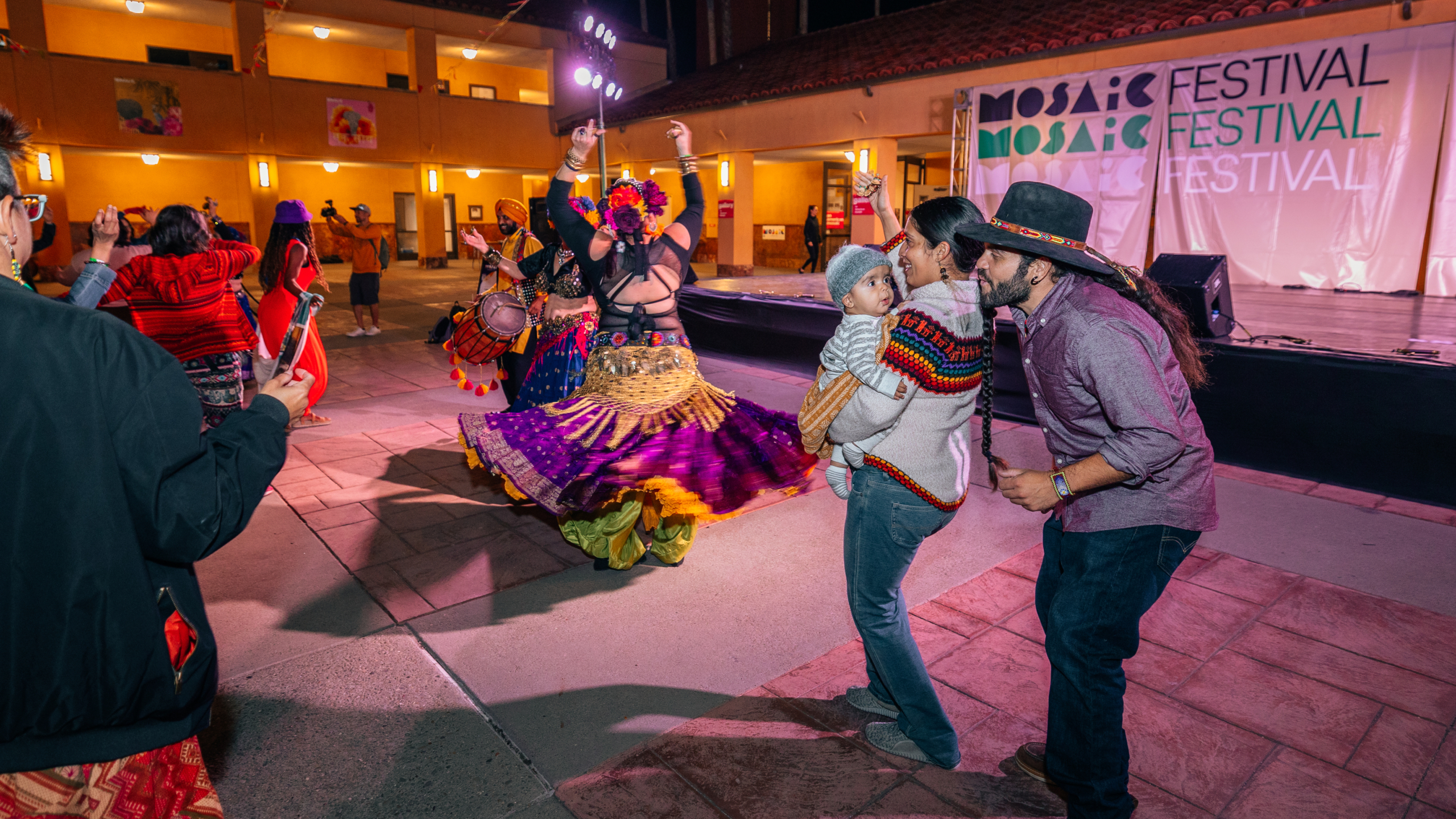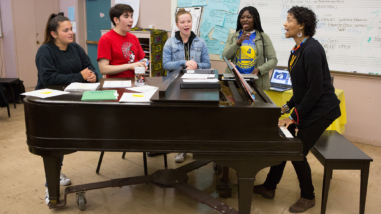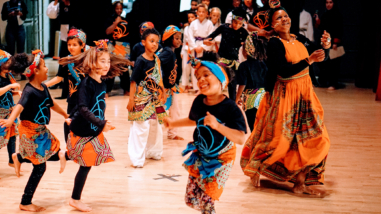Creative liberty: A case for the arts as essential to democracy
Hewlett’s Performing Arts Program makes grants in pursuit of a single overarching goal: a Bay Area in which communities honor and support both their own and each other’s artistic and cultural vibrancy. We believe in the expansive power of the arts — to provide joy, healing, and knowledge to individuals, as well as opportunities for communities to explore their histories, express their individuality, and imagine new futures. Whether it’s a cultural ceremony, a dance recital, street theater, or any other art form in the Bay Area, the performing arts are built on foundations of creative freedom and cultural togetherness. These foundations help communities thrive, and show that supporting the performing arts can be a valuable pathway toward realizing a healthy democracy.
Fostering respect and mutuality
When we cheer as a friend shares their work onstage, make room for others on a dance floor, or even when we just silence our phones before a performance, our respectful presence — in deference to the artists and our fellow participants — becomes part of the live experience. This same sense of interaction and appreciation is at play within many artist collectives and organizations, and across arts networks and communities.
The Performing Arts Program’s goal is for local communities to actively demonstrate this kind of mutuality, and we already see some examples of this in practice. Organizations like Headlands Center for the Arts and Black Cultural Zone create opportunities for artists and community members to share assets in a spirit of respect and mutuality. Whether this involves public land in the Golden Gate National Recreation Area or community development projects at Liberation Park in Deep East Oakland, sharing resources for cultural expression can lead to a potent sense of public ownership. Likewise, there has been a recent surge of interest in more inclusive and participatory grantmaking programs for artists — something we’ve observed in our pilot projects supporting Sonoma County and the city of Vallejo. To escape deficit thinking and winner-takes-all scenarios, the Bay Area’s arts sector is turning to practices that are centered in respect and mutuality, while modeling mechanisms and platforms that mirror, and honor, the democratic process.




